Derek Chauvin trial: Top cop slams ‘totally unnecessary’ use of ‘deadly force’ on George Floyd
A high-ranking Minneapolis police officer has hit out at the “uncalled for” tactics used on George Floyd before he died.
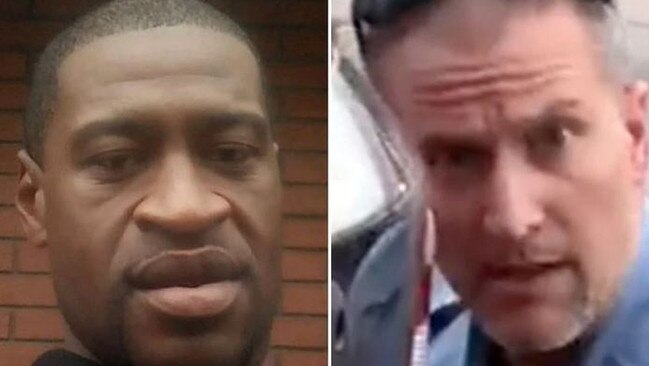
World
Don't miss out on the headlines from World. Followed categories will be added to My News.
A high-ranking Minneapolis police officer has called the use of force against George Floyd as “totally unnecessary” as he testified on Friday (local time) in the trial of Derek Chauvin, the former Minneapolis police officer charged in Floyd’s death.
Chauvin, who was seen in a shocking video kneeling on Floyd’s neck for more than nine minutes, is charged with second-degree murder, third-degree murder and second-degree manslaughter. He has pleaded not guilty.
Floyd’s death triggered protests across the globe and deeper questions about police brutality in the US.
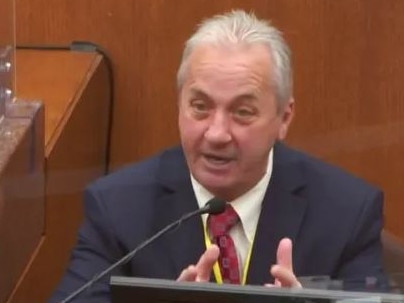
Lieutenant Rick Zimmerman, who heads the Minneapolis Police Department’s homicide unit, testified on Friday (local time) that a knee on someone’s neck should “absolutely” be considered deadly force. When asked why, he said, “Because of the fact that if your knee is on a person’s neck, that can kill them.”
Lt. Zimmerman is the longest serving officer in the department, he told prosecutor Matthew Frank, and has been trained every year in the use of force.
Lt. Zimmerman said he had never been trained to use such a tactic in his decades-long career.
He described the officers’ use of force as “totally unnecessary” and “uncalled for.”
He said he has never been trained to kneel on the back of a suspect.
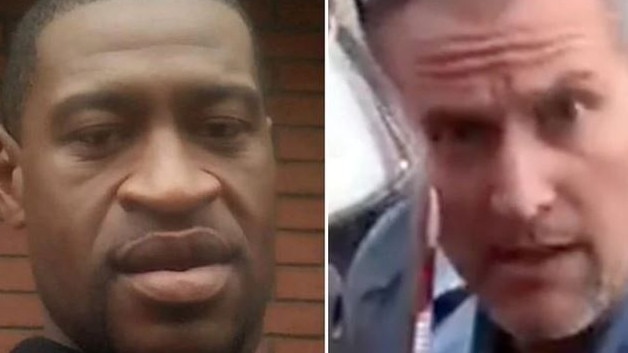
“That would be the top tier, the deadly force,” Lt. Zimmerman told prosecutor Matthew Frank.
He said he saw no reason for the officers to believe they were in danger from Floyd.
Zimmerman’s testimony finished a week of raw and emotional testimony in Chauvin’s trial. Judge Peter Cahill adjourned court at midday (4am AEDT) until Monday morning (local time).
Floyd’s brother, Philonese, attended court on Friday and told reporters he had been incredibly emotional and that he had been trying to stop crying.
FLOYD’S GIRLFRIEND WEEPS OVER ‘STRUGGLES’
On Thursday, Floyd’s girlfriend has wept in court as she detailed the pair’s struggle with opioid addiction, saying her partner was “a shell of a man” after his mother died in 2018.
During day four of police officer Derek Chauvin’s trial, prosecutors acknowledged Floyd’s history of opioid addiction but said it was irrelevant to why he died in May last year.
However, defence lawyer Eric Nelson argued that Floyd’s true cause of death was drug use and several pre-existing health issues.
Ms Ross testified the couple struggled with opioids. Floyd’s addiction was brought on by an injury to his back, she said, while her struggles began with chronic pain in her neck.
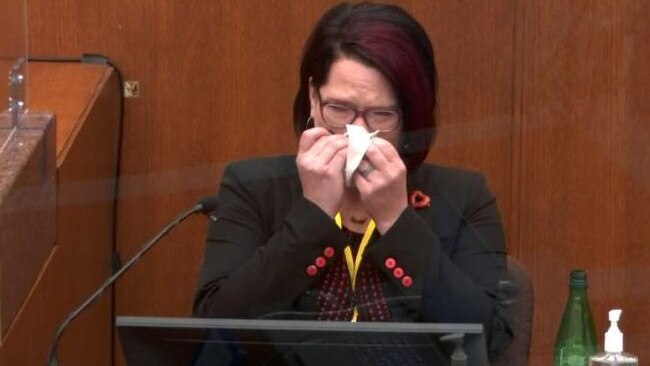
Ms Ross said there were periods when they both used opioids and when they were both not using. There were also periods when one of them was using and the other was not, she said, and they worked together to try and overcome addiction.
Ms Ross said she believed Floyd started acting differently about two weeks before his death, making her believe he was using drugs again.
Ms Ross also testified that Floyd was a “mama’s boy” who was devoted to and loved his mother.
When she died in May 2018, he returned to Minneapolis devastated and “a shell” of who he was, she said.
“He was so sad. He didn’t have the same kind of bounce that he had,” she said. “He loved his [mother] so much.”
On the day of his death, Floyd repeatedly called out for “mama” while Chauvin’s knee was pressed into his neck.
Ms Ross testified that Floyd called both her and his actual mother by “mama.”

Paramedic Derek Smith also gave evidence, saying that on May 25, 2020, he arrived on the scene, and saw Floyd on the ground and three officers on top of him.
“I walked up to the individual, noticed he wasn’t moving. I didn’t see any chest rise or fall on this individual,” Smith said.
When asked to describe Floyd’s overall condition he said, “in lay terms, I thought he was dead.”
Smith said that when he checked Floyd, his pupils were “large” and “dilated,” and he did not detect a pulse.
Paramedic Seth Zachary Bravinder, who also provided medical assistance to Floyd, said he could tell from a distance that Floyd wasn’t breathing.
He also said he stopped the ambulance while en route to the hospital so he could provide more medical assistance after he “flatlined” — and his heart stopped.
Captain Jeremy Norton of the Minneapolis Fire Department also gave evidence of what he saw when entering the ambulance where Floyd was being treated.
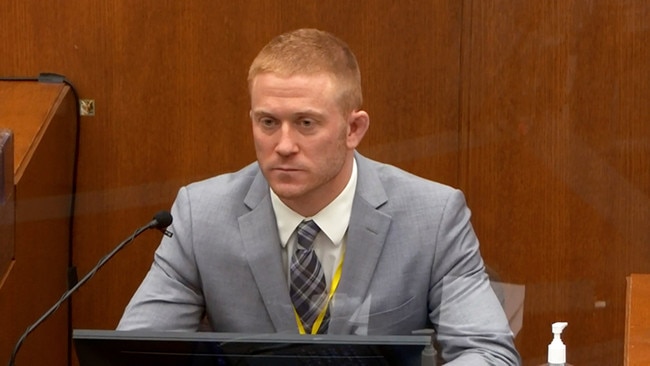
“He was an unresponsive body on a cot,” Norton said.
After following the ambulance to the hospital, Norton said he filed a report with his supervisors detailing what he saw that day.
“I was aware that a man had been killed in police custody, and I wanted to notify my supervisors to notify the appropriate people above us in the city, in the fire department and whomever else, and then I also wanted to inform my deputy that there was an off-duty firefighter, who was a witness at the scene,” he said.
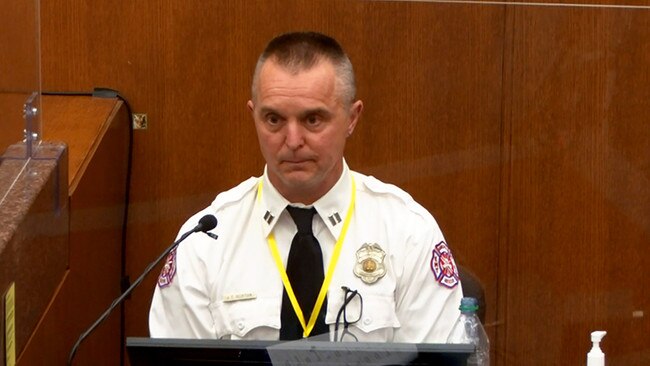
Retired Sergeant David Pleoger of the Minneapolis Police Department also took the stand and revealed details of a phone call he had Chauvin on May 25, 2020, after the incident.
Pleoger said he has known Chauvin since about 2008.
“I believe he told me that they had — tried to put Mr Floyd — I didn’t know his name at the time, Mr Floyd into the car. He had become combative,” he said.
“I think he mentioned that he had injured — either his nose or his mouth, a bloody lip, I think, and eventually after struggling with him, he suffered a medical emergency and an ambulance was called and they headed out of the scene,” he added.
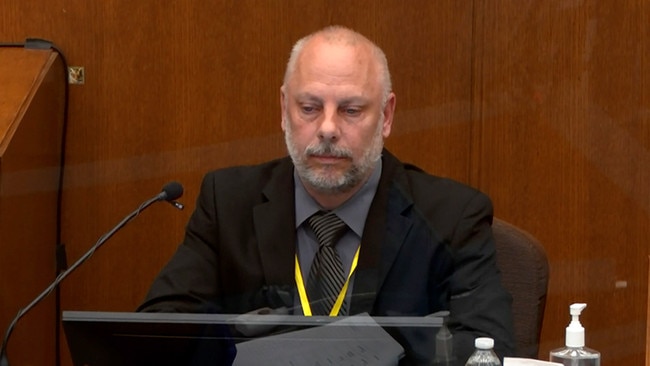
WITNESS TRIED TO ‘CALM’ FLOYD
On Wednesday (local time) a man who tried to calm Floyd as he struggled with police sobbed in court as he recounted how he watched him later die beneath an officer’s knee.
Charles McMillian, 61, said he had begged Floyd to co-operate with the officers who were trying to arrest him for using a fake $20 note in a Minneapolis convenience store.
“I’m watching Mr Floyd, I’m trying to get him to understand that when you make a mistake, once they get you in handcuffs there’s no such thing as being claustrophobic, you have to go,” Mr McMillian told Hennepin County Court.
“I’ve had interactions with officers myself and I realise once you get in the cuffs you can’t win.”
The court was briefly adjourned as Mr McMillian broke down in tears as he watched the traumatic video of Floyd’s death last June, which included him yelling out for his mother and saying at least 27 times that he couldn’t breathe.
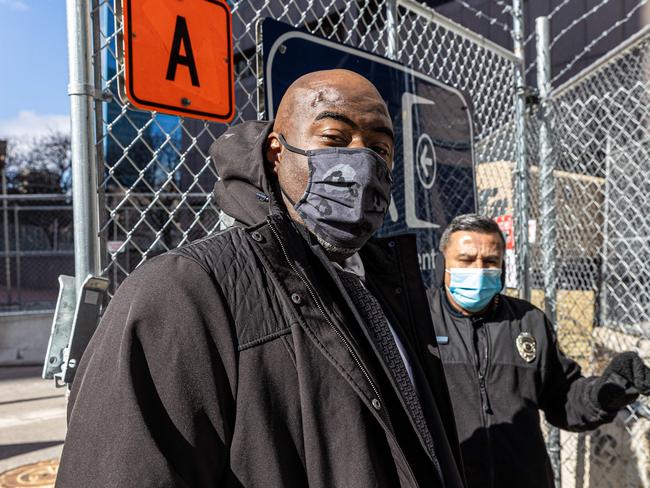
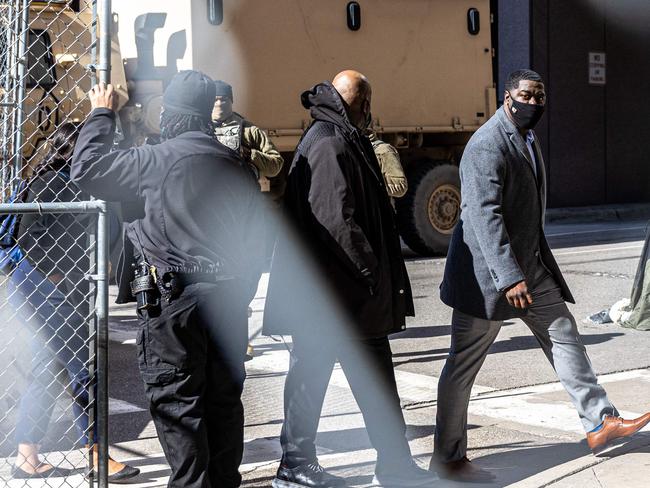
Mr McMillian said he felt “helpless” as he rewatched the video.
“I don’t have a momma either, I understand him,” he said.
The afternoon session on day three of Derek Chauvin’s murder trial also heard the first words from the now sacked officer offering a reason for why Floyd was being treated with such force.
Video from his body-camera was played to the court, in which Mr McMillian, who had happened to meet Chauvin just five days earlier, reminded him about how Chauvin had said he and everyone else should be able to get home to their family after work.
Chauvin appeared to then defend himself.
“We’ve gotta control this guy because he’s a sizeable guy, looks like he’s probably on something,” Chauvin said.
Earlier, the court heard from the convenience store worker Floyd paid with the fake note, who recounted how he appeared to be “high” on drugs.
‘DISBELIEF’
The convenience store teller who George Floyd paid with a fake $20 note has spoken about the guilt he felt as he later watched him die beneath the knee of a police officer.
Footage of the transaction was played at day three of the murder trial of Derek Chauvin, who was one of four Minneapolis police officers who responded to the complaint about the counterfeit note.
It showed Floyd wandering through the store, rifling through his pockets and talking at times apparently to himself, inside the Cup Foods store for several minutes before he paid for a packet of cigarettes with the fake $20.

Christopher Martin, 19, said that he had immediately noticed the size of Floyd, who was almost 2m tall, when he came into the shop on May 25 last year, and asked him if he played baseball.
He said Floyd took a while to answer that he played football and “it would appear that he was high” since his hands were shaking and he seemed to be having trouble forming words.
“He seemed very friendly, approachable, talkative, he seemed just to be having an average Memorial Day living his life. But he did seem high,” Mr Martin said.
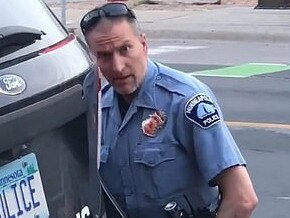
Mr Martin said he immediately thought the note was fake because it had a “blue pigment” and that he was going to accept it, even though he would have had to pay the amount himself on his “tab” as it was store policy, but that he “second guessed” himself.
Mr Martin reported the note to his manager who called 911 to report it and later felt “disbelief” and “guilt” as he watched Floyd die during the dramatic arrest.
“If I would’ve just not taken the bill, this could’ve been avoided,” Mr Martin said.
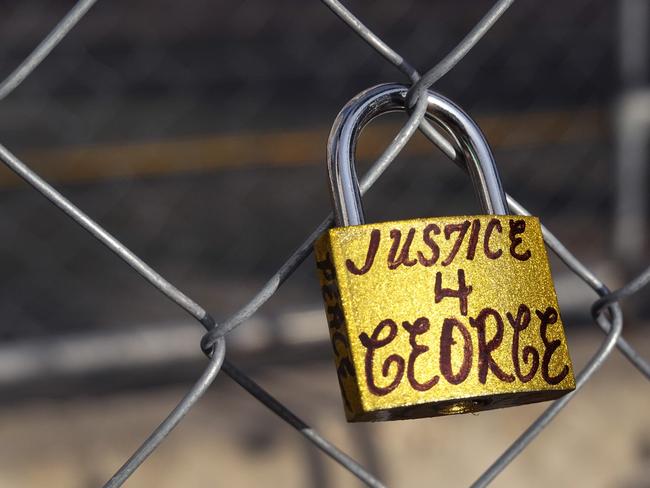
FLOYD ‘CRIED FOR HELP’ DURING FATAL ARREST
On Wednesday, an off-duty firefighter described how she tried to help George Floyd as he was dying beneath a police officer’s knee at the murder trial of his accused killer.
Genevieve Hansen told the jury on the second day of former cop Derek Chauvin’s trial that she was walking on her day off when she came across him and three other Minneapolis officers restraining Floyd.
She said she was immediately worried when she saw that Chauvin seemed “very comfortable with the majority of his weight balanced on top of Mr Floyd”.
“Three grown men is a lot,” Ms Hansen, 27, told the court.
“It was too much.
“I identified myself right away because I noticed that he needed medical attention.”
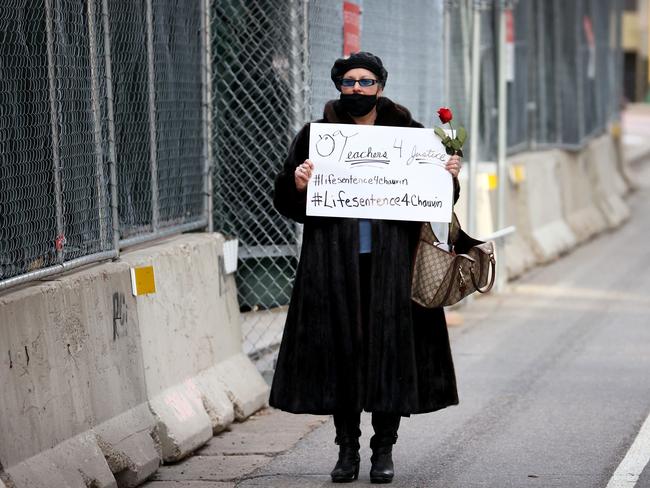
Ms Hansen, a mother of two who testified in her uniform, said she had tried repeatedly to help but was turned away despite pleading for Chauvin to release his choke hold, leaving her “frustrated” and “totally distressed”.
“There is a man being killed,” she recalled thinking.
“I would have been able to provide medical attention to the best of my abilities, and … this human was not provided that right.”
Earlier, the court heard from four minors, including the teenager whose widely viewed video of Floyd dying catapulted his death to worldwide attention, about what they saw last May.
Despite her pivotal role in getting justice for Floyd, Darnella Frazier, now 18, said she felt immense guilt when she looked back because she wasn’t sure she had done enough by just filming his death.
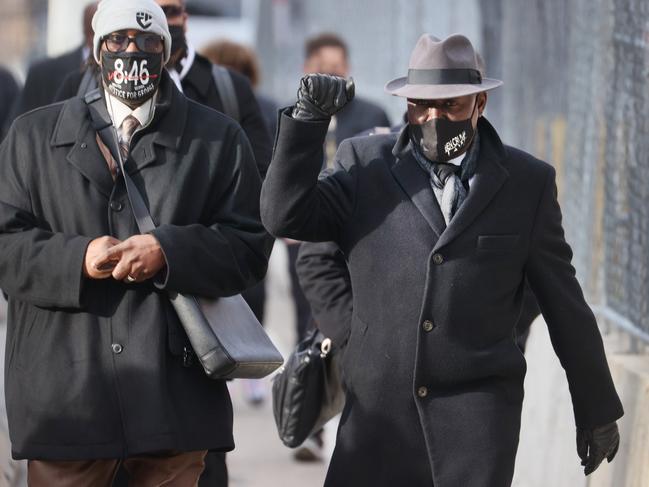
“I’ve stayed up apologising and apologising to George Floyd for not doing more and not physically interacting and not saving his life,” she said through tears at the end of her testimony.
“It’s not what I should have done, it’s what (Chauvin) should have done.
“When I look at George Floyd I look at my dad, I look at my brothers, I look at my cousins, my uncles because they are all black.
“I have a black father, I have a black brother, I have black friends. I look at that and how it could have been one of them.”
It came as the teenage girl whose filming of George Floyd’s death brought the case to worldwide attention has described in harrowing detail how he lost consciousness beneath the knee of a police officer.
Speaking on day two of Chauvin’s murder trial, Darnella Frazier said that not only did the Minneapolis officer ignore Floyd’s 27 cries that he couldn’t breathe but appeared to tighten his hold on the restrained man.
“If anything he was actually kneeling harder. It looked like he was shoving his knee in his neck,” said Ms Frazier, 18.
In a sombre voice, she said she started filming the arrest because she was frightened for Floyd and that “it wasn’t right”.
“He was suffering, he was in pain,” she said.
“I heard George Floyd saying I can’t breathe, please get off of me. He cried for his mum.
“It seemed like he knew it was over for him. He was terrified, he was suffering.
“This was a cry for help.”
She also said she was frightened during the encounter when Chauvin and his three colleagues appeared ready to use mace on the bystanders watching them take down Floyd.
“I didn’t understand why the mace was even needed at all,” she said, adding that the “only violence” was coming from the police.
Earlier, Donald Williams II returned to the stand in Hennepin County District Court to continue evidence that had ended quickly on Monday afternoon after the video feed of the hearing cut out.
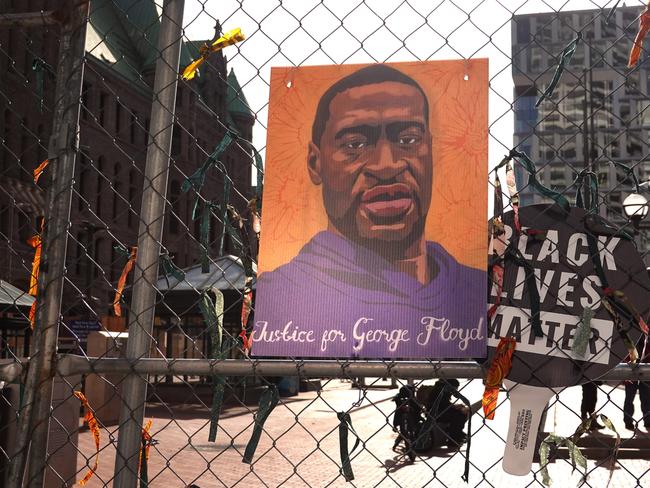
A mixed marital arts fighter, Mr Williams was one of several bystanders caught on Ms Frazier’s video urging Chauvin and the other three officers to get off Floyd.
He told the court Chauvin, 45, appeared to be using a “blood choke” hold, that in his MMA experience would cut off oxygen and blood supply.
Mr Williams explained that he called 911 to report the arrest after Floyd’s lifeless body was taken away in an ambulance.
“He didn’t move, he didn’t speak, he didn’t have no life in him no more [in] his body movements,” Mr Williams said.
“I felt the need to call the police on the police. I believe I witnessed a murder.”
Mr Williams cried in court as the 911 call was played to the jury.

“He just pretty much killed this guy. He wasn’t resisting arrest,” he told the operator.
“He had his knee on his neck. He wasn’t resisting arrest or nothing, he was handcuffed.”
Chauvin faces 40 years in prison if convicted of second degree murder, third degree murder and second degree manslaughter
Third degree murder carries a maximum 25 year sentence and is the same charge that sent Minneapolis officer Mohamed Noor to prison for 12 and half years over the July 2017 killing of former Sydney life coach Justine Damond Ruszczyk.
Chauvin and the other three arresting officers were sacked by the Minneapolis Police Department after Floyd’s death.
The Floyd family received a record AUD $35 million (US$27 million) compensation payout from Minneapolis earlier this month to settle their civil claim, which eclipsed the AUD $26.3 million ($US20 million) paid to Ms Damond Ruszczyk’s family.
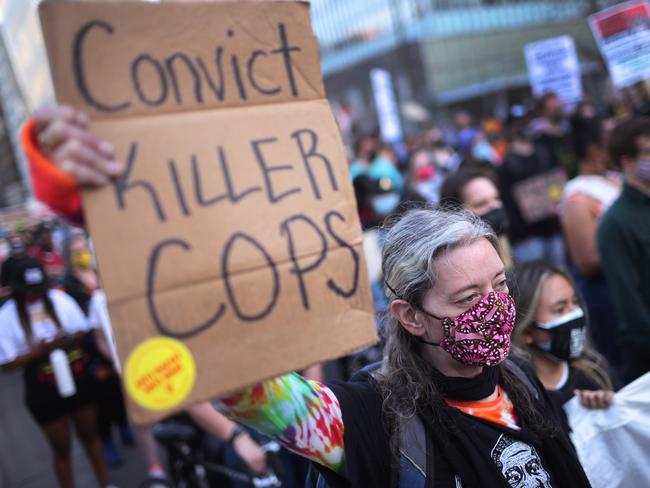
Chauvin has pleaded not guilty and his defence has argued that he and his colleagues were trying to arrest a much larger, drug-fuelled man who in a “high crime area”.
Chauvin “did exactly what he was trained to do over the course of his 19-year career”, his lawyer Eric Nelson said.
“The use of force is not attractive but is necessary.”
The video captured by Frazier was viewed by millions and sparked an ongoing racial reckoning and riots that spread across America.
Chauvin, a white officer, was one of four police who arrested Floyd for trying to pass a fake $20 note at a grocery store in Minneapolis.
When Floyd resisted arrest, Chauvin wrestled with him before pinning him beneath his knee in a choke hold.
Prosecutors say Chauvin’s use of force was excessive and that he deliberately killed Floyd.
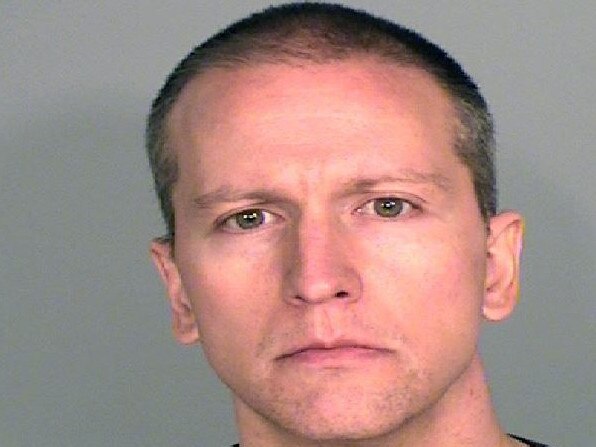
Originally published as Derek Chauvin trial: Top cop slams ‘totally unnecessary’ use of ‘deadly force’ on George Floyd



